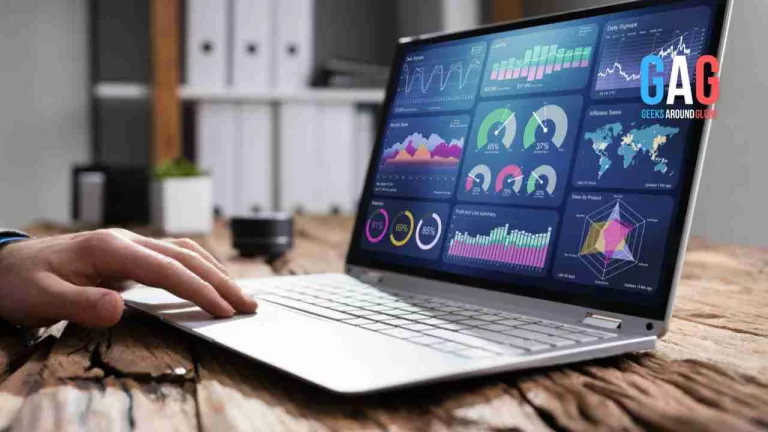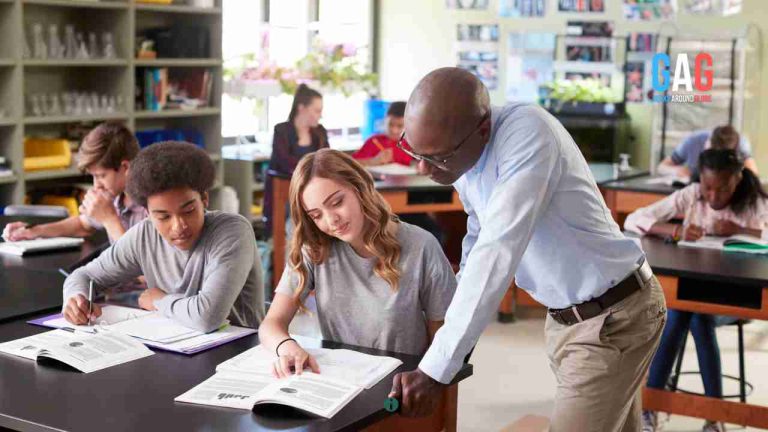Nowadays, Technology has become common, affecting practically every part of our life. It has impacted businesses, transformed communication, and changed our access to information. And technology has evolved as a powerful instrument in the field of education, with the ability to enhance the learning experience and empower both educators and students.
Technology integration is no longer about whether tech belongs in classrooms. In today’s education system, it is about how technology is chosen and used for learning. The use of technology in teaching and learning to attain academic goals is known as technology integration.
To understand more about using technology in the classroom, let us know the importance of embracing technology in the classroom and how it can shape the future of education.
It creates a more engaging and interactive learning environment
One of the most significant benefits of using technology in the classroom is the opportunity to create interesting and interactive learning experiences.
Jess Brooks from Hess UnAcademy said that technology has the ability to capture children’s attention and make learning more enjoyable. Interactive educational software, online learning platforms, and multimedia tools can engage young learners in a variety of ways, encouraging their active participation and enhancing their motivation to learn.
“One of the benefits of using technology in the classroom or to education in general is that, it creates a more interactive learning environment. With the use of technology in teaching, we cannot deny the fact that it is better than the traditional classroom setup or learning environment,” Sweetlana Portnaya, managing editor at Top10.com.
“Teachers can use technology to explain things in more interactive and imaginative ways. With so many options available (and more on the way thanks to innovations like virtual reality), it’s an exciting moment to be a teacher creating a course,” Portanaya added.
Traditional teaching methods often rely on passive modes of learning, where students are passive recipients of information. However, technology provides dynamic platforms that enable active participation, collaboration, and exploration. From interactive whiteboards to educational apps and virtual simulations, technology enables students to take an active role in their education, making learning more enjoyable and memorable.
Wider access to educational information
The internet and digital resources have opened up information access like never before. Technology empowers students to access a wealth of knowledge from across the globe, enabling them to explore diverse perspectives, deepen their understanding, and cultivate critical thinking skills.
Dr. Reginald Johnson, a learning and development manager shared his expert insight and said: “Technology breaks down the barriers of traditional education by granting students access to a vast array of information and resources. “
With just a few clicks, students can access scholarly articles, eBooks, online libraries, and educational videos. This unrestricted access broadens horizons and encourages students to become lifelong learners.
Learning becomes personalized and flexible
Every student has a unique learning style and pace. Technology offers personalized and adaptive learning experiences tailored to individual needs, promoting student-centered education.
“With a more personalized learning environment through technology, teachers can connect with their students in new ways because of technological advancements. It enables them to develop channels of communication and use the Internet to convey curricular material in new ways to learners, which can be highly beneficial,” according to Liam Wilson, Lottery n’ Go editor-in-chief.
After all, Learning depends on how the teacher and students connected to each other. That’s why teachers are always finding ways to connect with their students.
Through online platforms, intelligent tutoring systems, and learning management systems, educators can provide customized learning paths, adaptive assessments, and immediate feedback. Such personalized methods allow students to learn at their own pace, instilling confidence and generating a sense of empowerment.
It supports different kinds of learning methods
Integrating technology in the classroom equips students with the necessary digital literacy and present-day abilities in an era where digital talents are more valued. By utilizing technology tools, students learn how to navigate online resources responsibly, critically evaluate information, and utilize digital tools for communication, collaboration, and problem-solving. These skills are crucial for their academic success and future careers in a technology-driven society.
“Different tools provided by technology are important as students learn in different ways; adding more learning techniques improves the chances that all of your students will understand the things being taught. Technology supports a diverse range of learning methods,” according to the CEO of Carcover, Patrick Cohen.
“Apart from textbooks and worksheets, technology provides educators with many types of tools to assist learners in developing a deeper comprehension of the learning content. Also, technology helps teachers to fit any learning style, whether pupils learn best through lectures, reading, examples, or video,” Cohen added.
If the existing skills of the student are accompanied by learning tool technologies, it can produce skilled and intelligent learners.
Conclusion:
The use of technology in the classroom represents a transformative shift in education, offering unparalleled opportunities to enhance learning experiences, encourage critical thinking, and prepare students for the challenges of the future.
By embracing technology, educators can create dynamic and engaging learning environments that empower students to become active participants in their own education. However, maintaining a balance is important., ensuring that technology is integrated thoughtfully and purposefully, supplementing, rather than replacing, traditional teaching methods. With technology as an ally, the classroom can become a hub of innovation and discovery, shaping the leaders and problem-solvers of tomorrow.







